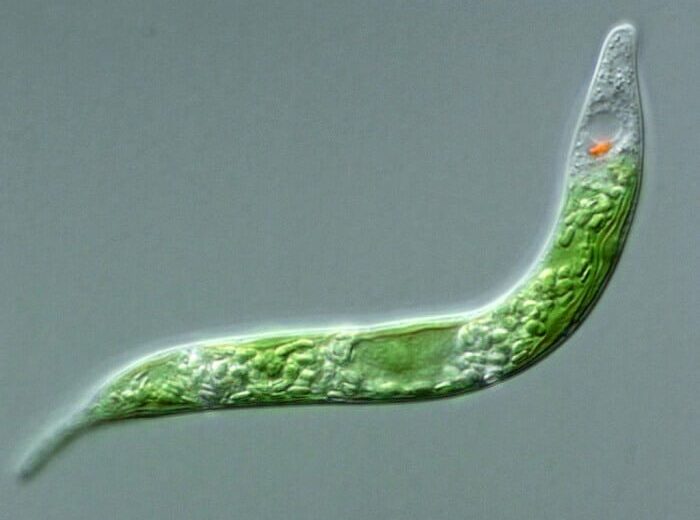Keep your pets and family safe from toxic algae blooms
Toxic Algae Blooms Are Complex
Cyanobacteria are classified as a type of algae, and are responsible for many of the toxic algae blooms currently occurring around the globe. Cyanobacteria or Blue Green Algae are some of the most ancient organisms on the planet, which means they are good at surviving and even thriving in a changing environment. As our lakes, rivers and oceans become more polluted with nutrients like nitrogen and phosphorous some algae, because they are better adapted for those conditions will become more dominant over other species who are better adapted to unpolluted conditions. Add to this warming surface waters and you have rapidly changing environmental conditions that toxic cyanobacteria happen to love.
Given the ideal conditions (high nutrients and temperature) toxic cyanobacteria bloom, or grow exponentially until eventually the population crashes and everyone (almost) dies. When the billions and billions of algae cells die they began to break down, causing two bad things to happen: 1) as the dead cells are broken down in the water oxygen becomes depleted (the things that eat dead algae consume the oxygen) and 2) toxins held within the cyanobacteria are released all at once. Both of these things are bad for animals living in and drinking this water.
Toxic algae blooms can be deadly to people and animals by ingesting either the algae cells, or water that has high concentrations of toxins. In addition to making a person or animal acutely sick, algae toxins can have long term affects such as liver and nerve damage.
Being Safe Around Toxic Algae Blooms
If you live in an area that has experienced toxic algae blooms you should exercise extreme caution when coming in contact with natural bodies of water. Even if the algae bloom is gone and no longer visible it is possible to have toxins present in the water that can cause harm to people and animals. Follow the list of suggestions below to keep you, your family and pets safe.
-
Do not enter waters that are visibly green.
-
Check with managing agency to determine if the water body has had a recent toxic algae bloom.
-
Keep pets on leash and do not allow them to drink or swim in contaminated water.
-
If your municipal water supply comes from a lake that experiences algae blooms, drink filtered water.
Toxic Algae Monitoring and Management
Often toxic algae blooms occur in public waters, however they can occur in private lakes and ponds. It is important to monitor any water that people or animals will come in contact with to determine if toxic algae are present. Unfortunately alerts about toxic algae often come too late, after the bloom is already underway or dying. It is best to know as much about the bloom as possible as to be able to predict its impact in advance to avoid any illnesses or death. Knowing the location and abundance of the bloom can help us to make decisions about recreational and industrial usage of our surface waters.
We offer water testing to determine if you are having a toxic algae bloom. Just send us a water sample and we will identify what it is and make recommendations to you.







